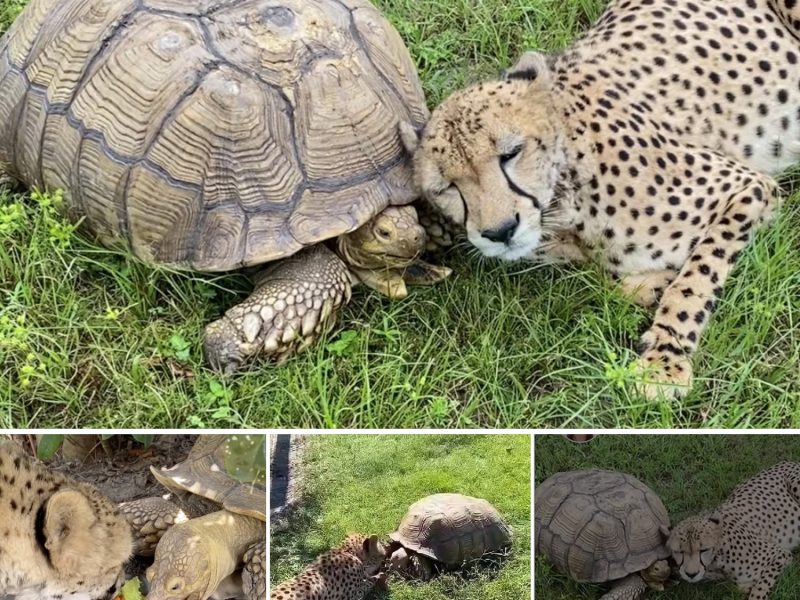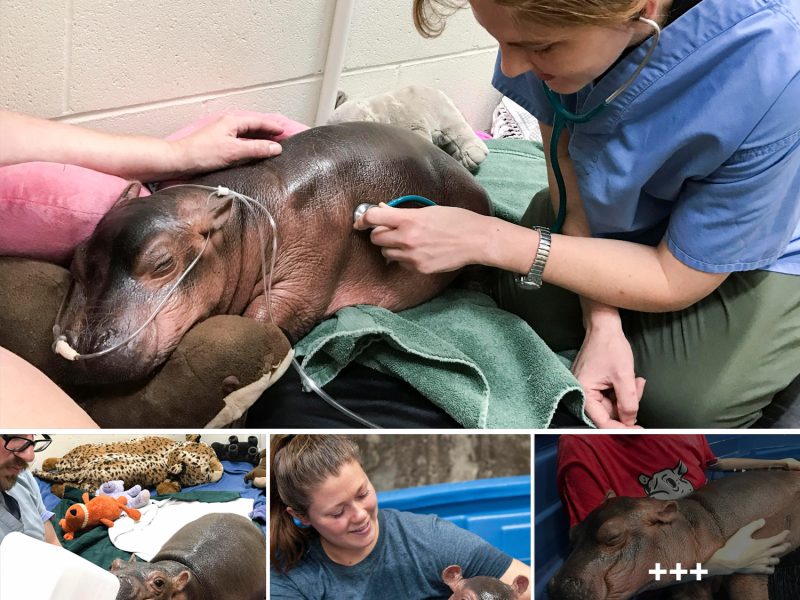New Zealand’s Department of Conservation has announced it is closing a cave in the Ōparara Basin in Kahurangi National Park for a year to protect the rare spiders which live in it.
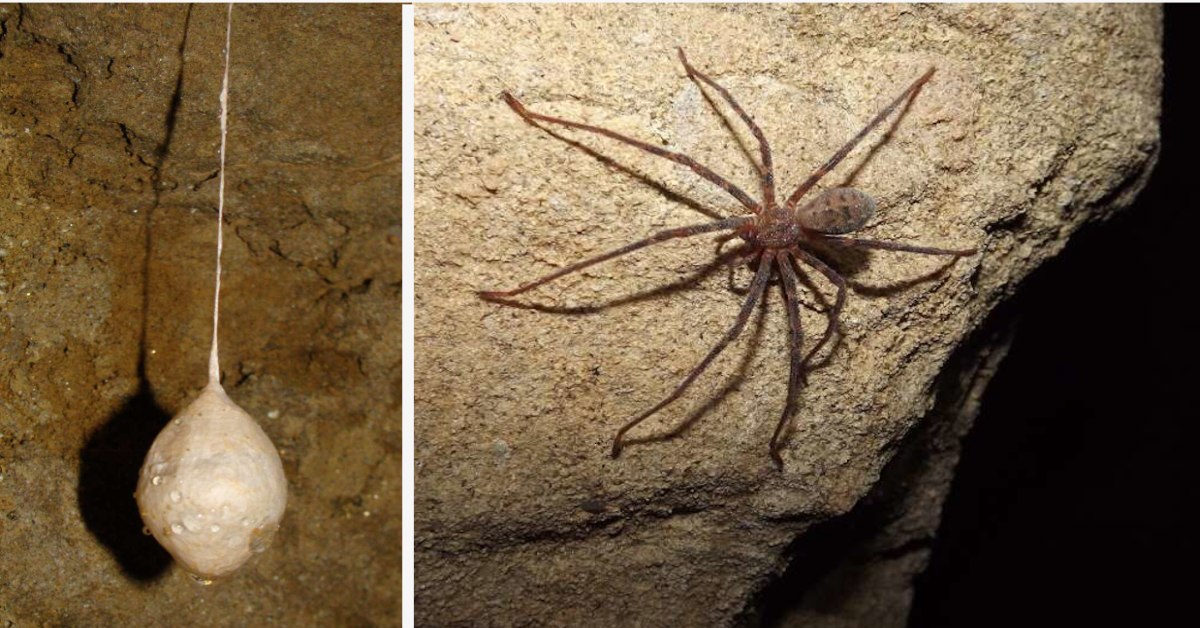
Nelson cave is home to the rare and unusual Nelson cave spider (Spelungulae cavernicola), New Zealand’s largest spider, which has a leg span of 13cm (5.1 in) and a body length of 3cm (1.2 in).
The spider hangs its eggs in the cave in sacs hanging from the ceiling, each one containing around 50 spiderlings. However, according to senior biodiversity ranger Scott Freeman, surveys have shown that spider egg sac numbers are decreasing in the cave, probably due to too many humans visiting it.
The cave is also known as the “Crazy Paving Cave,” as it has a peculiar floor pattern created as a result of ancient, fine deep sediment drying out and cracking over a long period of time. The result is, indeed, some pretty crazy paving, above which the eggs of the Nelson cave spider dangle.
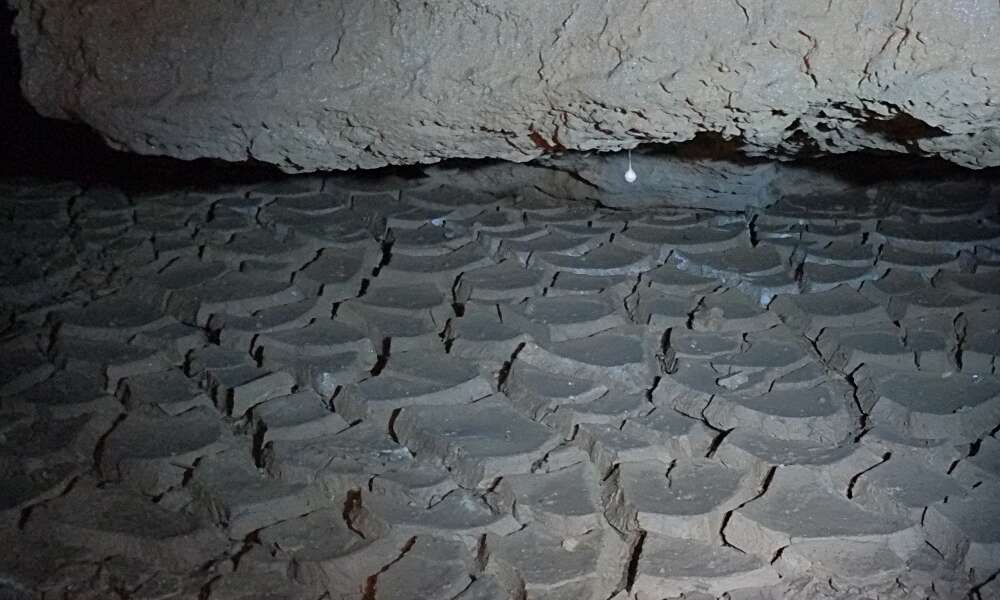
A single S. cavernicola egg sac hangs above the crazy paving of Nelson Cave. Normally, there should be more around. Image credit: Pseudopanax at English Wikipedia, Public domain, via Wikimedia Commons
S. cavernicola shares the solitary darkness of the cave with beetles and wētā – enormous, flightless crickets which are some of the planet’s heaviest insects and also the spider’s favorite food, which it finds by vibration. One would think that a predatory spider capable of taking down some of the largest insects must be doing just fine, but the species’ recent reproductive failure signals a different scenario.
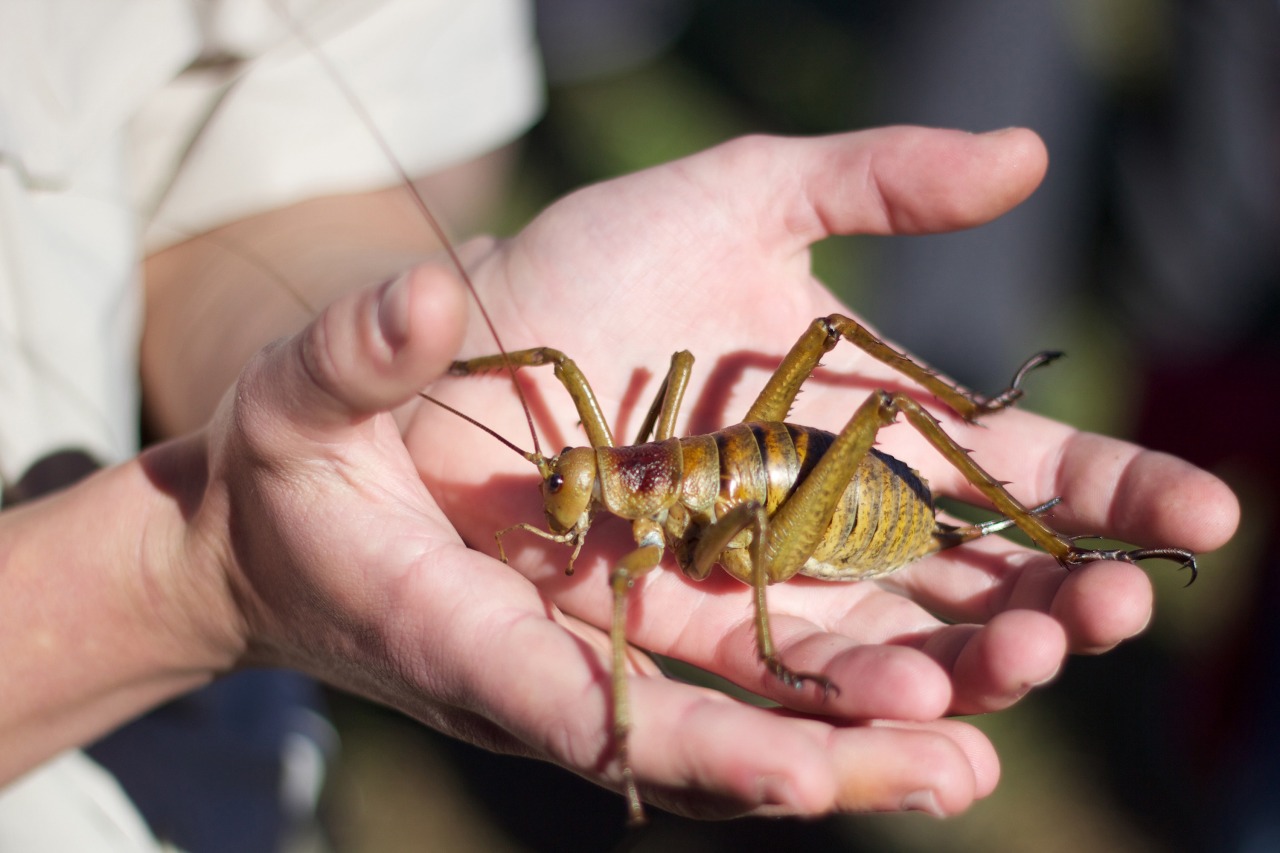
The Nelson Cave spider doesn’t believe in “light snacks”. Image credit: Dinobass, CC BY-SA 4.0, via Wikimedia Commons
The Crazy Paving Cave’s giant spiders are the only species within the Spelungula genus, which is another reason why we shouldn’t allow to slip it into extinction. So, New Zealand is taking steps to protect the country’s biggest arachnids.
“The number of spiders seen have actually increased from about 2019 onwards, possibly due to a decrease in visitor numbers associated with COVID,” Freeman said in a statement.
“However, only one egg sac has been seen since 2018.”
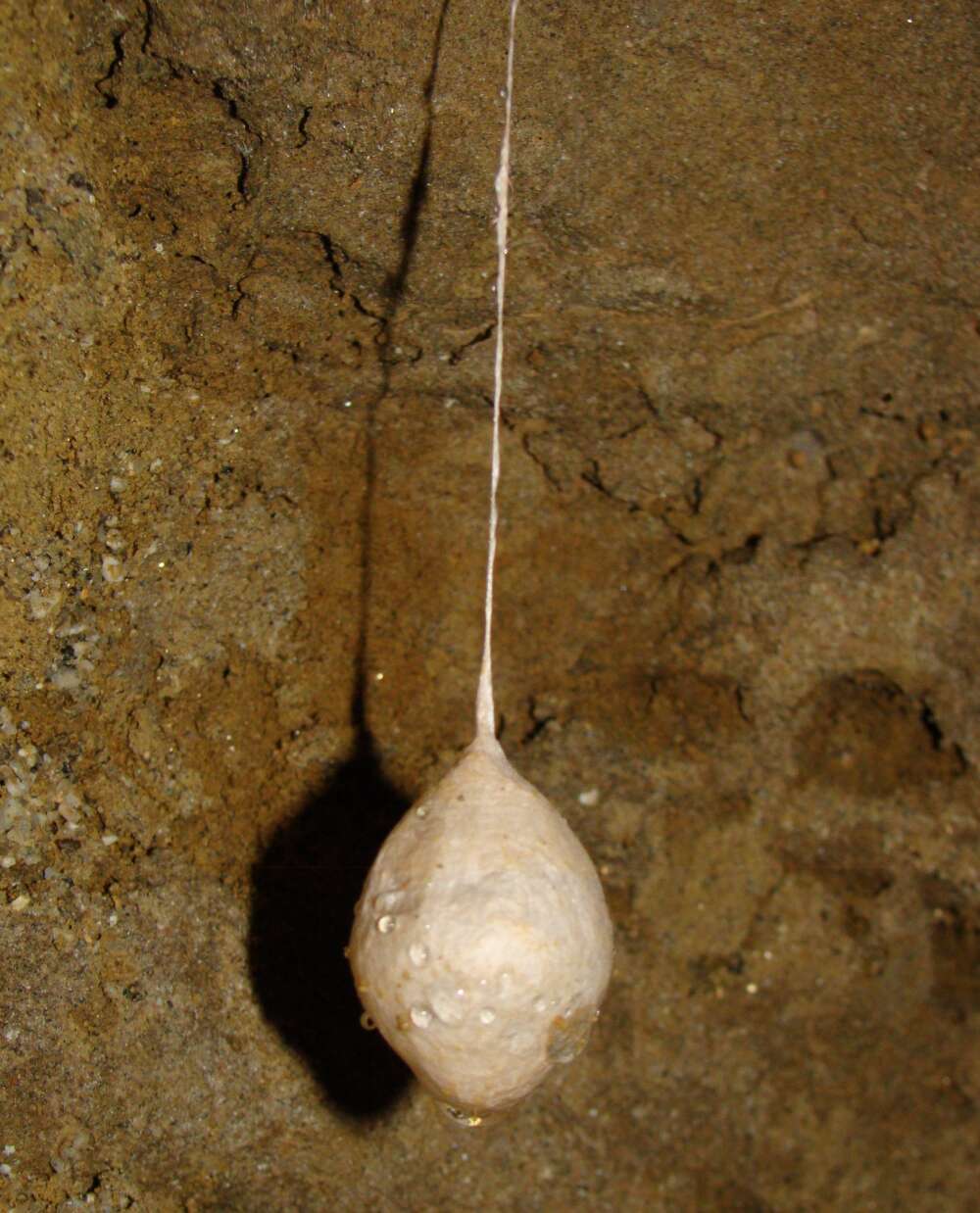
Just one of these sacs can pack around 50 S. cavernicola spiderlings. Image credit: Lisa Bennett, CC BY 4.0
“Breeding is the real long-term driver of the population so we want to close the cave to see if this will allow breeding to improve,” Freeman explained. “Closing the cave means we can monitor the spider population’s response to the removal of human visitors.”
Beyond being enormous arachnids, scientists think these spiders represent a missing link that connects the primitive spiders of Gondwana – an ancient supercontinent that broke up about 180 million years ago with S. cavernicola emerging around 350 million years ago – to today’s modern spiders. Because of this, they are the only spider species protected by New Zealand’s 1953 Wildlife Act, and since they’ve been here a lot longer than us, they probably deserve at least one cave where can thrive and reproduce.
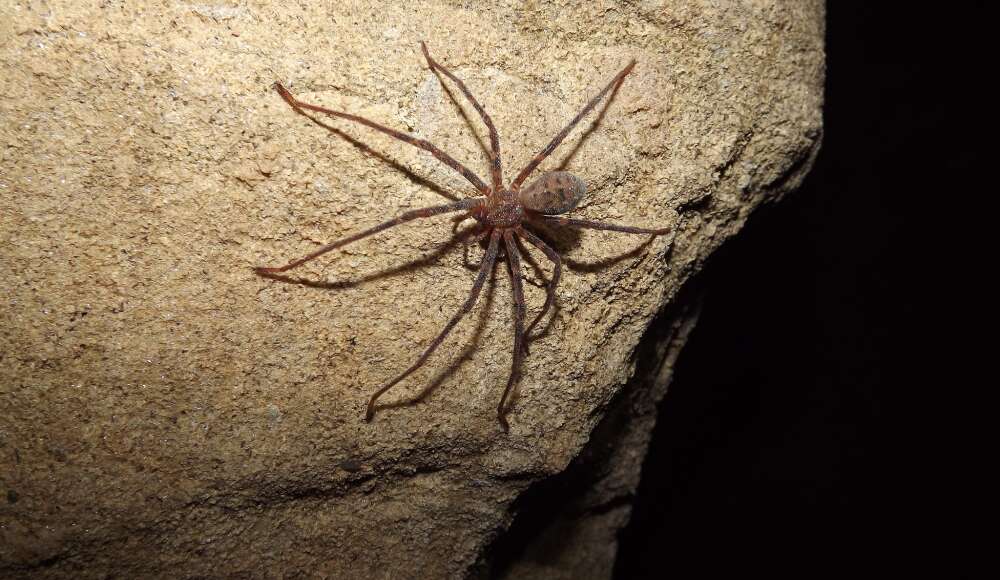
The Nelson Cave spider is New Zealand’s largest spider species. Image credit: Dinobass, CC BY-SA 4.0, via Wikimedia Commons
So, at least for the next 12 months, S. cavernicola is reclaiming the Crazy Paving Cave, making room for a long-awaited baby-ball boom.
